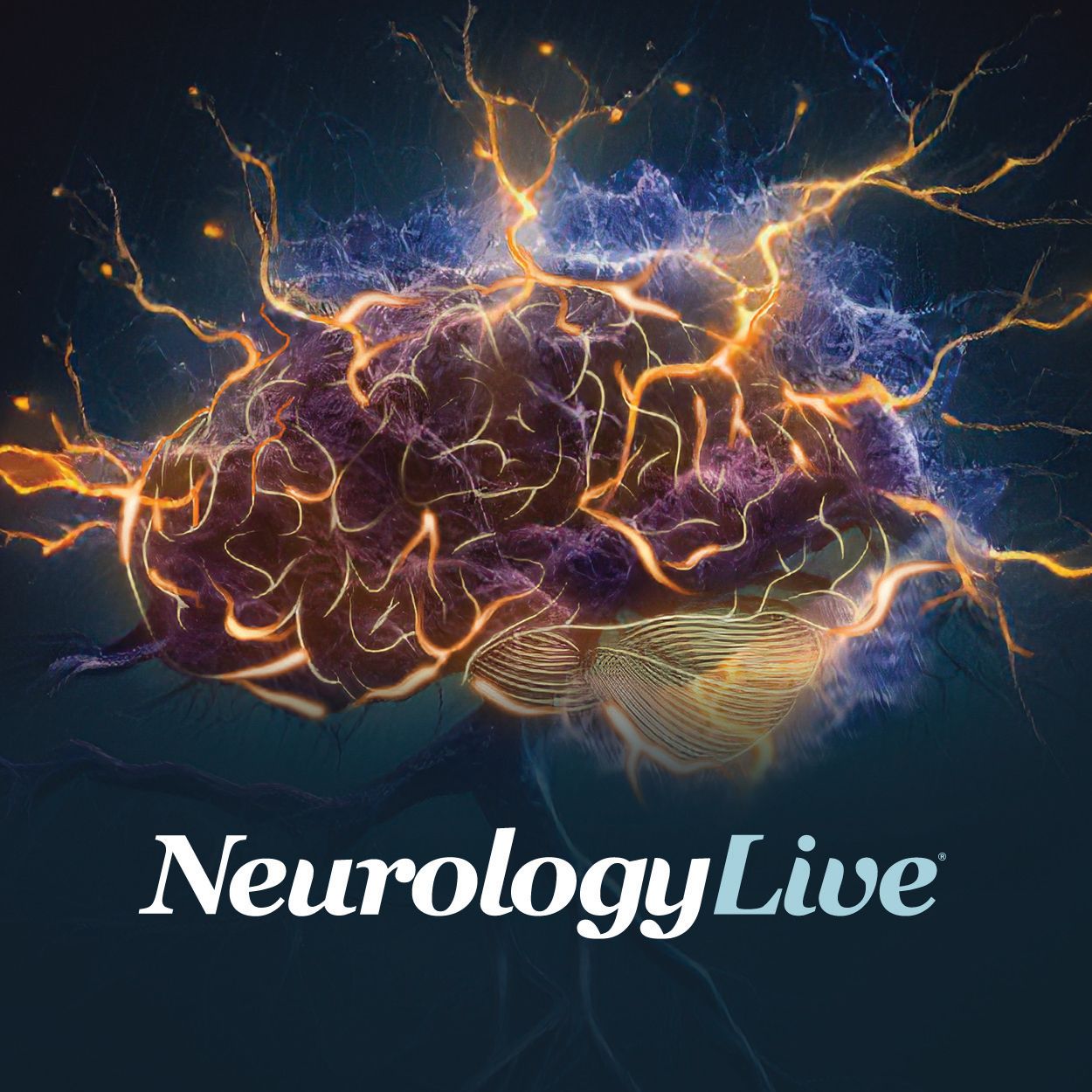A recent retrospective cohort study leveraging Komodo Health claims data has shed light on the substantial financial strain associated with Angelman syndrome (AS) in the United States, revealing that outpatient and specialty care services are the primary cost drivers. The condition, a rare neurogenetic disorder stemming from the loss or malfunction of the UBE3A gene on the maternal chromosome 15, leads to significant neurological and developmental impairments due to the gene’s predominant activity in neurons.
Presented at the 2025 Child Neurology Society (CNS) Annual Meeting in Charlotte, North Carolina, the analysis examined individuals diagnosed with AS through at least two claims separated by 30 days between January 2021 and December 2023. Conducted by Steven M. Kymes, PhD, MHA, of Lundbeck, the study identified 1,109, 1,119, and 1,010 patients in 2021, 2022, and 2023, respectively. Adjusted to 2024 U.S. dollars using the Medical Care Consumer Price Index, average annual total costs rose from $33,989 in 2021 to $41,281 in 2023.
Outpatient services—including physician visits, imaging, and laboratory tests—accounted for 37% of expenses, while physical, occupational, and speech therapies, along with home health care, contributed 33% of paid claims. The patient population was predominantly young, with a mean age of 19. Among them, 52% were male and half were enrolled in Medicaid. Common comorbidities included seizures (76%), gastrointestinal disorders (41%), respiratory complications (36%), movement and mobility issues (31%), sleep disturbances (28%), and scoliosis (12%).
Globally, AS is estimated to affect 1 in 10,000 to 24,000 individuals, translating to approximately 15,000–20,000 cases in the U.S. Core symptoms include developmental delays, intellectual disability, speech deficits, seizures, and motor coordination problems. Current treatments remain limited to symptom management, with no therapy yet capable of reactivating the silenced paternal UBE3A gene. Research suggests UBE3A regulates key cellular pathways such as cAMP, MAPK, JNK, and ERK; its absence may lead to protein accumulation and disrupted signaling, positioning JNK inhibition as a potential therapeutic strategy.
Several experimental therapies are under development, with Ionis Pharmaceuticals’ ION582 being the most advanced. This investigational antisense oligonucleotide aims to suppress the UBE3A antisense transcript and is currently being evaluated in the phase 3 REVEAL trial (NCT06914609). The 52-week, placebo-controlled study plans to enroll 200 children and adults, using changes in expressive communication measured by the Bayley Scales for Infant and Toddler Development as its primary endpoint.
— news from NeurologyLive
— News Original —
CNS Poster Highlights Economic Burden of Angelman Syndrome in the United States
A recently presented retrospective cohort study using Komodo Health claims painted a picture of the economic burden patients with Angelman syndrome (AS) face, as costs were mainly driven by outpatient services and other types of specialty services.1 n nAS is a rare neurogenetic disorder caused by the loss or dysfunction of the UBE3A gene on the maternal copy of chromosome 15. Because the UBE3A gene is primarily active in neurons from the maternal chromosome, loss of its function leads to characteristic neurological and developmental symptoms. n nThe analysis, presented at the 2025 Child Neurology Society (CNS) Annual Meeting, held October 8-11, in Charlotte, North Carolina, took a greater look at the economic and everyday life challenges of patients with AS identified based upon 2 claims at least 30 dasy apart between January 2021 and December 2023. Led by Steven M. Kymes, PhD, MHA, managing director at Lundbeck, the claims data identified 1109, 1119, and 1010 people living with AS in 2021, 2022, and 2023, respectively. n nAmong those identified through claims, the average total costs ranged from $33,989 in 2021 to $41,281 in 2023. Of note, these costs were adjusted to 2024 U.S. dollars using the Consumer Price Index for Medical Care. A closer look at what’s driving these costs highlighted the impacts of outpatient services, such as physician, imaging, and lab services, accounting for 37% of charges. Other charges, such as physical therapy, occupational therapy, speech therapy, and home health, accounted for 33% of paid charges. n nAS is a disorder that typically affects younger patients, as results showed that the average age of identified patients was 19. Of these, 52% were male, and 50% were Medicaid beneficiaries. The analysis identified several common comorbidities, including seizures, present in 76% of patients, respiratory complications (36%), gastrointestinal disorders (41%), movement and mobility disorders (31%), sleep disorders (28%), and scoliosis (12%). n nREAD MORE: n nOver the past 2 decades, there have been a handful of studies that have estimated the prevalence of AS. Across these, the disorder is believed to affect roughly 1 in 10,000-24,000 people worldwide, translating to about 15,000-20,000 individuals in the United States. Some of the key features of the disease include developmental delay and intellectual disability, speech impairment, seizures, and movement and balance issues, among others. n nCurrent therapies for AS focus solely on symptom management, and no approach has been successful in reactivating the silenced paternal UBE3A allele. Some studies have demonstrated that UBE3A levels influence key cellular pathways, including cAMP, MAPK, c-Jun N-terminal kinase (JNK), and extracellular signal-regulated kinase (ERK). Because UBE3A normally degrades intracellular proteins, its absence may cause substrate buildup and disrupted cell signaling, making JNK inhibition a potential therapeutic target.2 n nThere are a number of candidates in the pipeline for AS, the most advanced being Ionis’ ION582. The drug, an investigational RNA-targeted antisense medicine designed to inhibit the expression of the UBE3A antisense transcript, is currently being studied in a phase 3 trial, dubbed REVEAL (NCT06914609). This large-scale, placebo-controlled 52-week trial is expected to include 200 children and adults with AS, using change in expressive communication through Bayley Scales for Infant and Toddler Development as the primary outcome measure.3 n nClick here for more CNS 2025 coverage.
